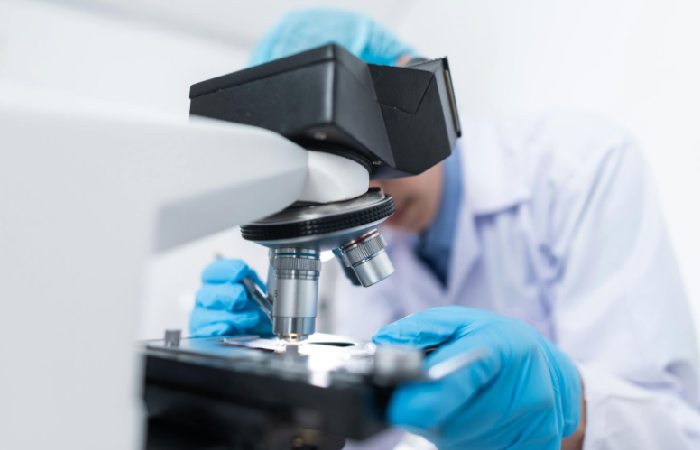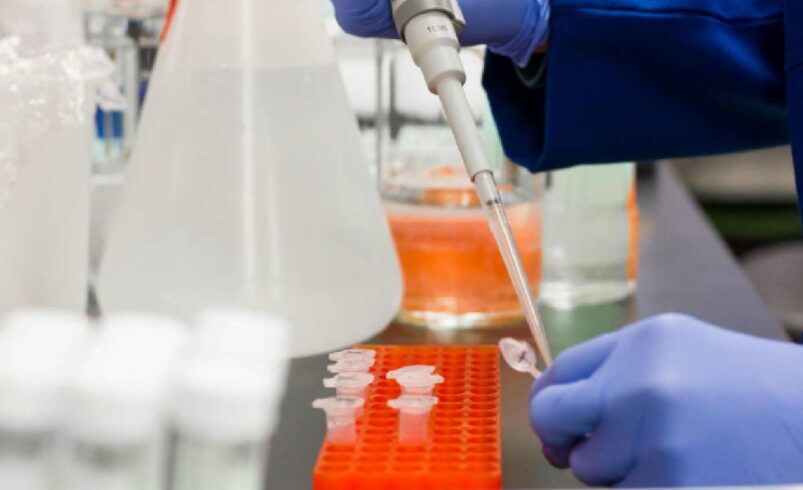The Role of AI in Enhancing NGS Library Preparation Accuracy
Next-generation sequencing (NGS) is a total game-changer in life sciences, letting researchers dig into genetic code with mind-blowing detail. It’s fueling discoveries in medicine, agriculture, even environmental science. But here’s the thing: NGS is only as good as its prep work, specifically the library preparation step. That’s where DNA or RNA gets turned into something a sequencer can actually read. One tiny mistake can throw off the whole show, wasting time and cash. That’s why labs are jumping on artificial intelligence (AI) to keep things tight. It’s kind of a big deal for making sure the science stays rock-solid.
Why Library Prep’s the Make-or-Break Moment
To put it simply, NGS library preparation is like laying the foundation for a house—if it’s shaky, everything else falls apart. It’s a fiddly process with steps like chopping up DNA, sticking on adapters, and amplifying with PCR. Each bit’s gotta be spot-on, or the sequencing run’s a dud. Bad libraries spit out bad data, burning resources and potentially messing up research findings. Nobody’s got time for that.
Scientists have been at this for years, coming up with kits and workflows to smooth things out. But let’s be honest, humans goof up sometimes. A slight misstep—like pipetting a smidge too much—might not show until it’s too late. AI’s stepping in like a hyper-alert lab buddy, catching those errors before they wreck the day.
Bringing AI into the Lab Mix
Labs are prime territory for AI because they’re structured setups pumping out data like crazy. Every run churns out numbers—temps, volumes, timing—that often just sit there. AI sifts through the data, spots trends, and flags trouble spots in your workflow. Maybe it notices your enzymes are breaking down too quick or a thermal cycler’s acting up. That kind of insight is pure gold for keeping things on track.
In NGS library prep, AI’s a lifesaver. It can tweak steps in real time, like nudging a temperature to keep quality high. If something’s seriously off, it might even hit the brakes to save your samples. It’s not about kicking humans out of the lab—it’s about giving them a tool to crush every run with confidence.
Machine Learning: The Brainy Side of AI
Machine learning, a slice of AI, is where it gets really wild. It’s like a kid who gets smarter with every homework assignment. In the lab, it learns from each prep run, piecing together what a perfect library looks like. Over time, it can predict what’ll tank a run by matching new data to old patterns. If something’s looking sketchy, it’s waving a red flag before you’re stuck with a failed batch.
The more data it chews through, the sharper it gets, acting like a virtual lab assistant who’s always one step ahead. It’s not calling the shots; it’s just dishing out smart advice while humans stay in charge. That balance is huge—better results without feeling like a robot’s running the show. For labs juggling tons of samples, it’s a no-brainer.
Catching Errors Before They Snowball
Library prep’s a maze of tiny details. A second too long here, a degree too hot there, and you’re in hot water. AI’s got a knack for watching every variable—liquid volumes, reagent purity, you name it—and sounding the alarm if something’s off. It’s lightning-fast, catching issues as they happen.
If there’s trouble, AI might pause the system or nudge you to tweak a setting. That saves samples, cuts waste, and keeps the workflow humming. Without it, those little errors could slip through, killing runs and pushing back deadlines. It’s like having a safety net that never sleeps, which is pretty darn clutch.
Keeping Everyone on the Same Page
Not every lab tech’s cut from the same cloth. Some are super careful, others might rush a bit. That inconsistency can mess with sequencing quality over time. AI’s like the ultimate team coach, making sure everyone sticks to the playbook.
AI-guided systems lock in the rules—timing, temps, reagent amounts—no cutting corners. Every run meets the same standard, which is a massive win for high-throughput labs with lots of hands on deck. It’s also a great way to train new folks, showing them the ropes right from the start. That kind of uniformity’s a must when you’re scaling up fast.
Real-Time Feedback That’s Actually Useful
Modern AI systems plug right into lab gear, giving you live updates as prep rolls along. You get alerts and tips on a user-friendly dashboard—maybe it suggests tweaking pipette settings or swapping a reagent. It’s like having a pro whispering advice in your ear.
This instant feedback means you catch problems right then and there, not after the run’s done. No more digging through data to figure out what went wrong. It saves time, cuts re-runs, and makes you trust your results more. For labs under the gun, that’s a pretty big deal.
Why Clinical Labs Are All In
In clinical settings, NGS is high-stakes stuff. It’s guiding diagnoses and treatments, so there’s zero room for error. A bad library could lead to wrong care, and that’s a heavy weight. That’s why AI’s becoming a staple in hospitals and diagnostic labs.
These systems ensure every sample’s handled with precision, logging every step for audits and meeting strict quality rules. Doctors can trust the data, which is critical when lives are on the line. AI also syncs with electronic medical records, speeding things up and slashing retests. For labs racing the clock, it’s a total win.
Scaling Up Without Losing Your Mind
Biotech startups and research labs get hit with sample surges as projects grow. Manual prep starts to buckle—staff get swamped, errors creep in. Scaling’s a beast without the right tools.
AI makes it easier to process more samples while keeping quality bulletproof. It handles schedules, monitors gear, and tracks supplies, so you’re not caught off guard. For startups, this means faster product development; for academic labs, more research output. It’s a better return on investment without piling on risk, which is huge when you’re stretching every dollar.
What’s Coming Down the Pike
AI’s still evolving, and the future’s looking wild. We might see fully automated workflows someday, handling everything from prep to data crunching, with humans just setting big-picture goals. That’d free up scientists to chase bold ideas instead of fussing over pipettes.
For now, library prep’s where AI’s making the biggest waves. It’s often the weak link for quality results, so tightening it up lifts the whole process. Every run’s more reliable, saving time, cutting waste, and boosting outcomes. Labs adopting AI now are ahead of the pack, ready for the insane demands of modern science.
The Bigger Picture
NGS is only getting bigger, and the tools behind it are keeping pace. AI’s carving out a massive role, bringing the accuracy, speed, and control labs crave. As more folks jump on board, the benefits are just going to snowball. It’s not just about better libraries—it’s about pushing science forward faster.
This tech’s also changing how labs work together. Shared AI tools can standardize prep across teams, making data easier to compare. That’s a huge step for collaborative projects, like global health studies or multi-site trials. Plus, it’s making science more accessible—smaller labs can compete with the big dogs by leaning on AI to punch above their weight.

Wrapping It Up
AI’s not just a fancy add-on for NGS library prep—it’s a must-have for labs aiming to stay sharp. It catches errors, boosts consistency, and scales workflows without breaking a sweat. Whether you’re in a clinical lab saving lives or a startup chasing breakthroughs, AI’s got your back.
As AI keeps growing, it’s set new standards for what’s possible in sequencing and beyond. Labs that get in on this now will lead the charge, turning raw data into real-world impact. It’s a heck of a game-changer for science’s future.


